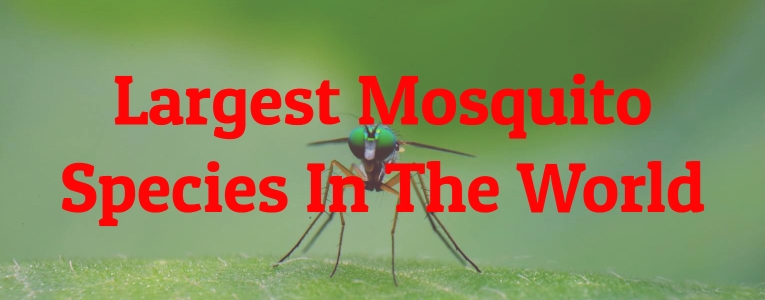Mosquitoes are everywhere, but certain types may cause serious health problems to people and animals. One mosquito species is particularly huge and dangerous.
This species has a long, slender body and six tiny legs despite its size. Like other mosquitoes, it feeds on animal blood, including people, and spreads deadly illnesses. Its big size implies it needs more blood and takes longer to feed than other mosquitoes.
This species is distributed worldwide but prefers warm, humid conditions and standing water like swamps and marshes. Its larvae grow in puddles, ponds, and even buckets and tires.
Despite its size, this mosquito is simply one of many species that serve a vital part in their habitats. Knowing these insects’ biology and behavior is essential for population management and disease prevention. Take a peek at the 5 largest mosquito species in the world.
-
Anopheles gambiae
Habitat: Sub-Saharan Africa
Estimated Lifespan: 2 weeks
Scientific Name: Anopheles gambiae
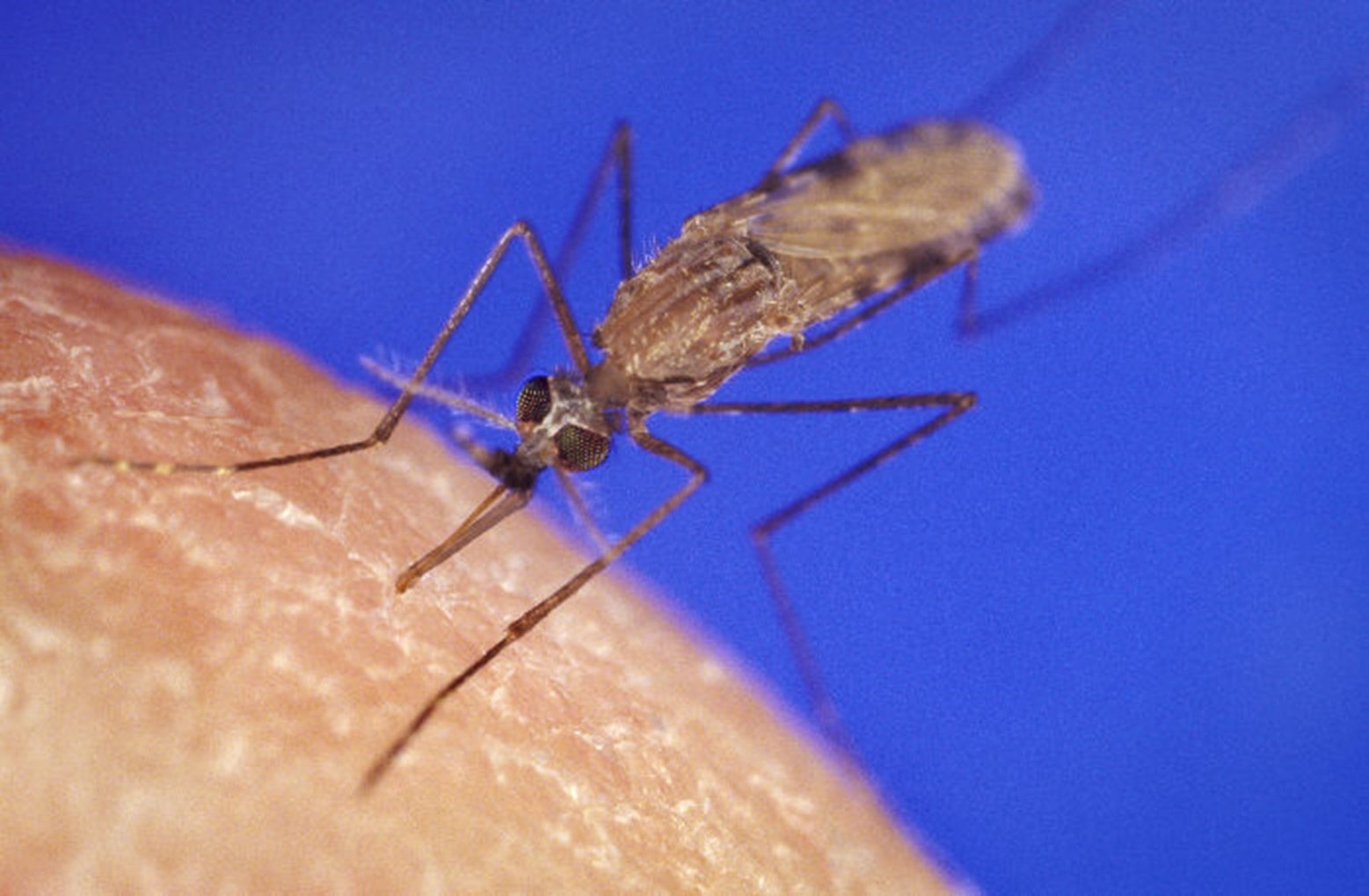 Source: Wikimedia
Source: Wikimedia
Anopheles gambiae is a sub-Saharan African mosquito. It spreads malaria, which kills millions each year. Malaria control efforts focus on Anopheles gambiae. Malaria parasites grow in Anopheles gambiae’s stomach after feeding on infected humans.
Anopheles gambiae is a mosquito from the 460-species genus. Anopheles gambiae, like other Anopheles mosquitoes, feeds on animal blood, including humans. The female mosquito needs blood proteins and nutrients to lay eggs.
This versatile mosquito can reproduce in both clean and dirty water sources. Ponds, puddles, and rice fields are its preferred breeding grounds. After a week in the water, mosquito larvae become adults.
Did You Know?
Anopheles gambiae feeds at night on sleeping people. It is drawn to human warmth, humidity, and exhaled carbon dioxide and other compounds. When landing on a person, its proboscis pierces the skin and sucks blood.
-
Yellow Fever Mosquito
Habitat: Tropical and Subtropical areas
Estimated Lifespan: 3 weeks
Scientific Name: Aedes aegypti
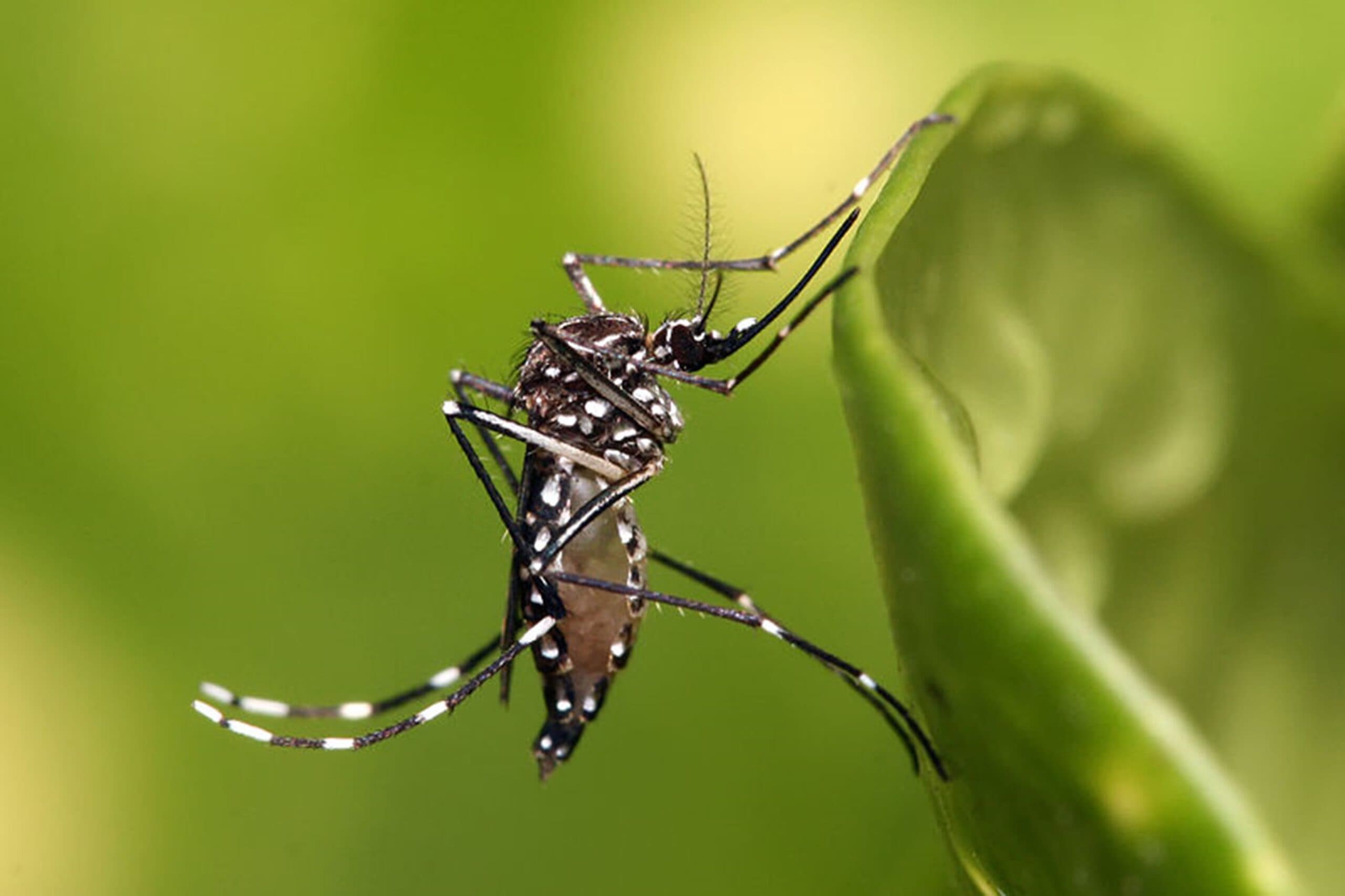 Source: Wikimedia
Source: Wikimedia
The yellow fever mosquito, Aedes aegypti, is a tropical and subtropical mosquito. The mosquito transmits dengue, Zika, and chikungunya, making it a public health issue.
Aedes aegypti mosquitoes are tiny, black insects with white legs and thorax patterns. They like metropolitan settings with standing water to breed in throughout the day. Flower pots, tires, and bottle caps are used by females to deposit their eggs.
Did You Know?
The yellow fever mosquito may spread dengue fever, a viral illness that can produce severe flu-like symptoms and even hemorrhagic fever. The World Health Organization estimates 390 million occurrences of dengue fever every year, with 500,000 severe cases needing hospitalization.
-
Common House Mosquito
Habitat: Wet, humid and temperate climates
Estimated Lifespan: 56 days for female, 10 days for male
Scientific Name: Culex pipiens
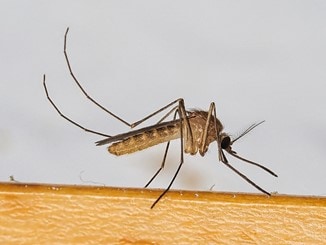 Source: Wikimedia
Source: Wikimedia
The common house mosquito, or northern house mosquito, is a Culicidae insect. North America, Europe, Asia, and Africa have it. This mosquito is known to spread West Nile virus, St. Louis encephalitis, and lymphatic filariasis.
The legs are white-scaled and the body is brownish-grey. The mosquito feeds mostly on birds but sometimes humans and other animals during night and morning. Females need blood to grow and produce eggs.
West Nile virus is the main illness transmitted by Culex pipiens. When an infected mosquito bites a person or animal, the virus enters the bloodstream. Some West Nile virus patients suffer fever, headache, body pains, vomiting, and rash, but most do not. Encephalitis, if severe, may kill.
Did You Know?
Culex pipiens, a global mosquito species, may spread illnesses like West Nile virus. Eliminating standing water and applying pesticides properly may prevent illness transmission by mosquitoes.
-
Gallinipper Mosquito
Habitat: Eastern US
Estimated Lifespan: 1 week
Scientific Name: Psorophora ciliata
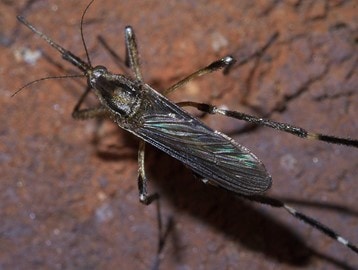 Source: Wikimedia
Source: Wikimedia
The gallinipper mosquito, Psorophora ciliata, is a huge southeastern US mosquito. Its large size and relentless biting have made it a nuisance and disease spreader.
Female gallinippers are among the world’s biggest mosquitoes at 1 inch. They have lengthy proboscises and dark brown legs with white stripes. They enjoy breeding in flooded fields, wetlands, and other standing water.
Gallinippers bite aggressively, irritating people and animals. They bite through clothes and are most active during the day, making them a nuisance to outdoor workers and players. Their severe bites don’t spread illnesses.
Did You Know?
Gallinippers are not a public health issue, although they may be a nuisance. Wearing long sleeves and trousers, applying insect repellent, and avoiding standing water helps limit mosquito exposure.
-
Australian Elephant Mosquito
Habitat: Subtropical Australia
Estimated Lifespan:
Scientific Name: Toxorhynchites speciosus
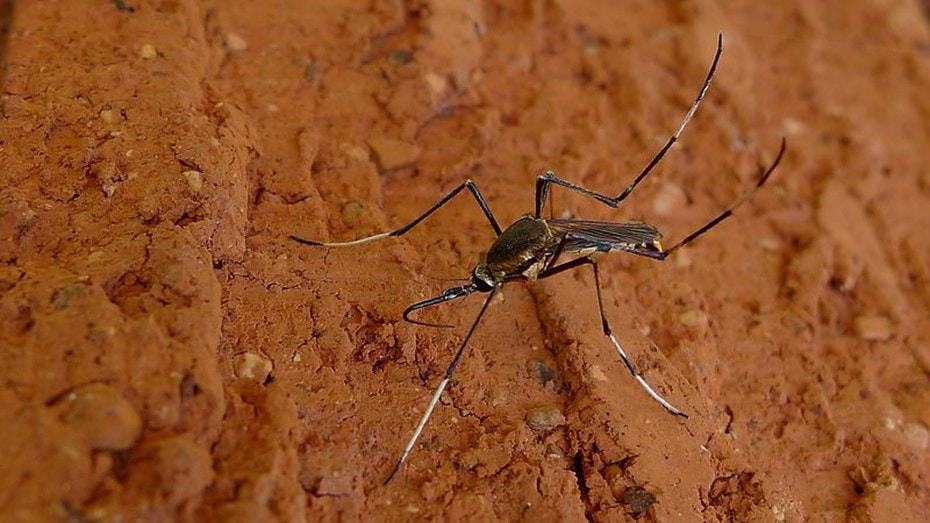 Source: Wikimedia
Source: Wikimedia
The Australian Elephant Mosquito is the largest mosquito in the world. It grows to 18 to 28 millimeters in tropical and subtropical Australia, over three times the size of a house mosquito.
The Australian Elephant Mosquito is harmless. This insect doesn’t even eat blood. It pollinates by eating nectar from flowers and plant fluids.
Researchers and insect lovers are fascinated by the Australian Elephant Mosquito’s size and breeding habits. As it eats other mosquito larvae, scientists are interested in examining the mosquito’s biological control potential.
The Australian Elephant Mosquito’s size and appearance might scare some people, despite its environmental benefits. Yet, this insect is harmless and should be respected and admired like any other animal.
Did You Know?
The female Australian Elephant Mosquito breeds unusually. It lays eggs on wet soil or plants near water, unlike other mosquitoes. In the damp environment, larvae hatch and mature into adult mosquitoes.
RELATED READINGS
10 Biggest Insects in the World
8 Largest Wasp Species In The World
8 Largest Centipedes In The World
